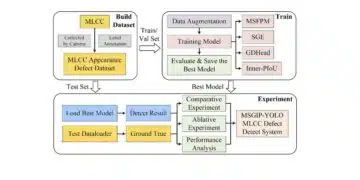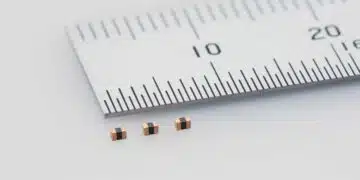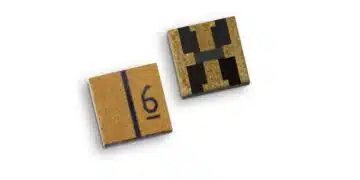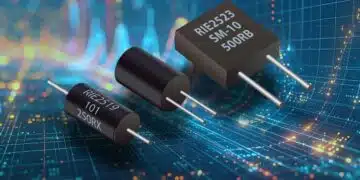In this video Würth Elektronik covers how shielding efficiency is calculated, coupling effects, how to prevent them, and the role of the connector and how it should be connected to the shielding.
Shielding is often the last line of defense for engineers during EMC testing. Learn all about the powers of shielding and what role material selection plays in regards to improving the shielding efficiency.
Content
- Theoretical aspects of shielding
- Reducing coupling effect
- The usage of shielding in connectors
- Shielding materials
Enhancing EMC Compliance through Effective Shielding Strategies
Electromagnetic Compatibility (EMC) is a critical requirement for electronic device reliability. This white paper explores advanced shielding techniques essential for achieving EMC compliance. Highlighting theoretical aspects, practical applications, and common pitfalls, we delve into shielding efficiency, coupling effects, and the strategic use of materials to minimize electromagnetic interference (EMI).
1. Introduction
EMC failures during final product testing are common, often due to inadequate shielding. This paper outlines practical approaches to shielding, emphasizing its role as a final defense against EMI after optimizing PCB layout and filtering techniques.
2. Theoretical Foundations of Shielding
- 2.1 Basic Principles:
- Shielding mitigates EMI by reflecting and absorbing electromagnetic waves, governed by material properties such as conductivity and permeability.
- 2.2 Shielding Efficiency Calculation:
- Shielding effectiveness (SE) is the sum of absorption loss, reflection loss, and correction factors for multiple reflections:
- ( SE = A + R + B )
- Where:
- A = Absorption loss
- R = Reflection loss
- B = Correction factor for re-reflection
3. Coupling Mechanisms and Their Mitigation
- 3.1 Capacitive Coupling: Reduced by increasing distance, using conductive shielding, and minimizing parallel conductive paths.
- 3.2 Inductive Coupling: Mitigated through loop area reduction, twisted pair cabling, and magnetic shielding materials.
- 3.3 Impedance Coupling: Addressed by maintaining continuous ground planes and minimizing discontinuities.
4. Practical Shielding Applications
- 4.1 PCB Design Considerations:
- Optimize ground planes, minimize loop areas, and ensure effective via stitching for shielding continuity.
- 4.2 Cable Shielding Techniques:
- Employ braided shields, conductive foils, and proper grounding methods to reduce radiated emissions.
- 4.3 Connector Shielding:
- Select materials like brass or stainless steel based on mechanical and EMI requirements; ensure low-impedance connections.
5. Challenges with Shielding Apertures
Openings in enclosures can act as unintended antennas. To mitigate this:
- Keep openings (< \lambda/20) of the wavelength of concern.
- Utilize honeycomb vents and conductive gaskets.
6. Case Studies and Measurement Insights
Real-world examples demonstrate the impact of shielding techniques on EMC performance, highlighting the importance of proper design and material selection.
7. Conclusion
Effective shielding requires a comprehensive understanding of electromagnetic theory, meticulous PCB design, and strategic material use. Adopting these practices ensures robust EMC performance and product reliability.































